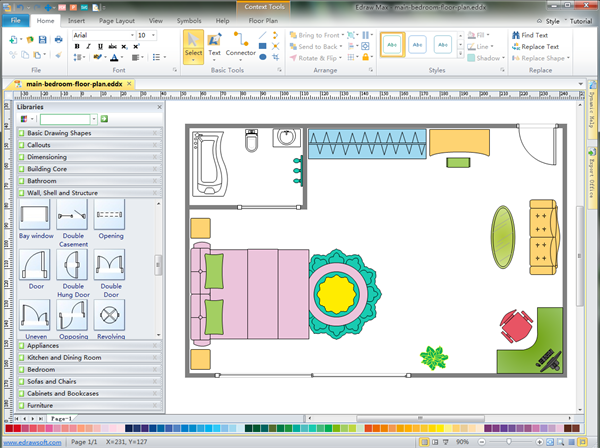

The development of structural mechanics continued at a tremendous pace throughout the rest of the nineteenth century and into the first half of the twentieth, when most of the classical methods for the analysis of structures described in this text were developed. Navier (1785–1836) published a treatise on elastic behaviour of structures, which is considered to be the first textbook on the modern theory of strength of materials. de Coulomb (1736–1806), who presented the analysis of bending of elastic beams. Among the notable investigators of that period were Robert Hooke (1635–1703), who developed the law of linear relationships between the force and deformation of materials (Hooke’s law) Sir Isaac Newton (1642–1727), who formulated the laws of motion and developed calculus John Bernoulli (1667– 1748), who formulated the principle of virtual work Leonhard Euler (1707–1783), who developed the theory of buckling of columns and C. Following Galileo’s pioneering work, the knowledge of structural mechanics advanced at a rapid pace in the second half of the seventeenth century and into the eighteenth century. Although Galileo’s predictions of strengths of beams were only approximate, his work laid the foundation for future developments in the theory of structures and ushered in a new era of structural engineering, in which the analytical principles of mechanics and strength of materials would have a major influence on the design of structures. In his book entitled Two New Sciences, which was published in 1638, Galileo analysed the failure of some simple structures, including cantilever beams. Galileo Galilei (1564–1642) is generally considered to be the originator of the theory of structures. 1000–1500), still stand today is a testimonial to the ingenuity of their builders. The fact that some of the magnificent structures from earlier eras, such as Egyptian pyramids (about 3000 b.c.), Greek temples (500–200 b.c.), Roman coliseums and aqueducts (200 b.c.–a.d.
FREE MAC DOWNLOADS FOR DESIGNING STRUCTURES TRIAL
Earlier engineering structures were designed by trial and error and by using rules of thumb based on past experience. However, it was not until about the middle of the seventeenth century that engineers began applying the knowledge of mechanics (mathematics and science) in designing structures.

Since the dawn of history, structural engineering has been an essential part of human endeavour. Thus, the analysis of a structure usually involves determination of these quantities as caused by a given loading condition. The performance characteristics commonly of interest in the design of structures are (1) stresses or stress resultants, such as axial forces, shear forces, and bending moments (2) deflections and (3) support reactions. Structural analysis is the prediction of the performance of a given structure under prescribed loads and/or other external effects, such as support movements and temperature changes. INTRODUCTION AND HISTORY OF STRUCTURAL ANALYSIS


Beams and Frames – Shear Force and Bending Moment.INTRODUCTION TO STRUCTURAL ANALYSIS AND LOADSĪNALYSIS OF STATICALLY DETERMINATE STRUCTURES STRUCTURAL ANALYSIS IN STRUCTURAL ENGINEERING PROJECTS INTRODUCTION AND HISTORY OF STRUCTURAL ANALYSIS.


 0 kommentar(er)
0 kommentar(er)
